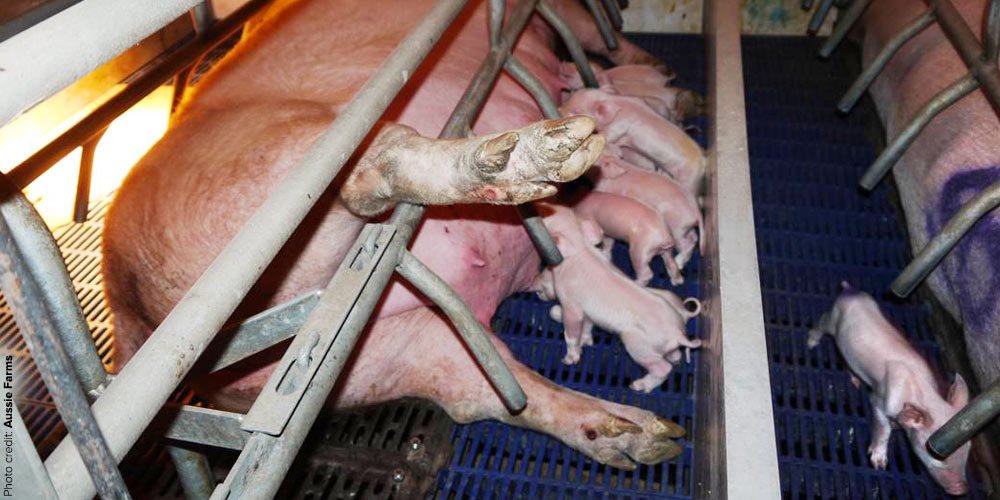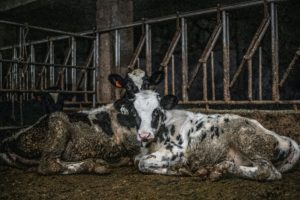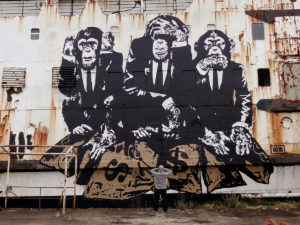Have you heard of the writer Carol J. Adams? She wrote “The Sexual Politics of Meat”, which is a powerful and eye opening read that helped change the lives and perspectives of many, including my own.
Here are a few excerpts:
“Americans see themselves as eating pork chops, hamburgers, sirloins, and so on, rather than 43 pigs, 11 cows, 4 “veal” calves, 2,555 chickens and turkeys, 3 lambs, and 4,500 fish, which conservatively, is what the average American eats in a lifetime. After being butchered, fragmented body parts are often renamed to obscure the fact that these were once animals. After death, cows become roast beef, steak, and hamburger, and pigs become pork chops, sausage and bacon. Since objects are possessions, they cannot have possessions, thus we say “leg of lamb” not a “lamb’s leg”, and “chicken wings” not a “chicken’s wings.” We opt for less disquieting referent points not only by changing names from animals to meat, but also by cooking, seasoning, and covering the animals with sauces, disguising their original nature.”
“By speaking of meat, rather than slaughtered, butchered, bleeding pigs, lamb, cows, and calves, we participate in language that masks reality. To think comfortably about meat, we are told in effect to forget that the pig, cow, or chicken is an animal. Instead, refer to her as an it, and call it, and view it, as a machine in a factory. She becomes a food producing unit, a protein harvester, an object, a product, a computerized unit in a factory environment, a bio-machine, an egg producing machine, a crop.”
“How Language Masks Violence:
Him: I can’t go to Italian restaurants with you anymore because I can’t order my favorite meal: veal parmesan.
Her: Would you order it if it were called pieces of butchered, anemic baby calves?”
“Recently, the British Meats Trade Journal – concerned about the association between meat and slaughtering – proposed replacing the words “butcher” and “slaughterhouse” with “meat plant” and “meat factory.” To this, Emarel Fresher, an eartly 20th Century vegetarian would have retorted, “If the words which tell the truth about meat as food are unfit for our ears, the meat itself is not fit for our mouths.”
“A recent example of erasure of animals can be found in the United States Department of Agriculture’s description of cows, pigs and chickens as “grain consuming animal units.” As Colman McCarthy observes, this makes meat eaters “animal consuming human units.””
According to Ms. Adams’s website, “Behind every meal of meat is an absence: the death of the animal whose place the meat takes. This is the “absent referent.” The absent referent functions to cloak the violence inherent to meat eating, to protect the conscience of the meat eater and render the idea of individual animals as immaterial to anyone’s selfish desires…The Sexual Politics of Meat offers examples of historical, contemporary, and fictional resistance to meat eating and argues that food decisions are coded ways of resistance. For many progressive, feminist, radical activists, vegetarianism was one aspect of their activism.”




